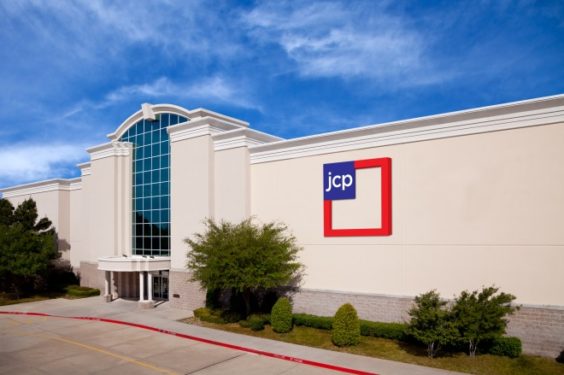
“Fake prices” are back at JCPenney. The company that famously tried to do away with coupons and sales is now reportedly raising its prices, so that it can lower them again with coupons and sales.
In theory, it makes little sense. And that was CEO Ron Johnson’s argument when he took over the company and tried eliminating coupons and sales to begin with, arguing against “artificially inflating the price, trying to deceive the customer through a fake sale.” (Read previous stories about JCP here).
But the strategy didn’t work. Whether it makes sense or not, it turns out we like coupons and sales. Customers fled, profits plummeted and at least one financial analyst is now predicting the company could be headed for bankruptcy.
So the plan to turn back around the company’s turnaround plan, is under way. Reuters reports that the department store chain has begun raising the regular prices on much of its merchandise, so that it will have the ability to offer lower prices via sales and coupons. Just what Johnson argued against a year ago. “To think that you can fool a customer” with high-low pricing, he said, “is kind of crazy.”
In what now amounts to a complete about face, a JCP spokesperson tells Reuters, “we now understand that customers are motivated by promotions and prefer to receive discounts through sales and coupons applied at the register.” An especially noteworthy statement, in that JCP has been avoiding the use of the word “coupon” at all, preferring to call them “gifts” or “offers”. The spokesperson gave the example of an Arizona crewneck T-shirt that sold for $5, is now priced at $6, so the company can offer occasional markdowns and bring it back down to $5.
The New York Post offers some more drastic examples. It claims its own data shows the price of an Arizona men’s polo shirt has gone from $9 to $14. A bikini top went from $15 to $24. And, despite the company’s claims to Reuters that the higher prices will apply only to store-brand products, the Post reports that a pair of Nike swimming trunks has jumped from $25 to $45. All so that the company can offer more sales and coupons, to bring the prices right back down to where they were before.
If it all points out the absurdities of high-low pricing, it also points out just how difficult it can be to change course when everyday low pricing just doesn’t work. It’s easy to go the other direction, lowering prices across the board and publicly proclaiming it, as many retailers have done (read: “Can Lower Prices Help Beat the Low-Price Leader?”). It’s far more difficult to raise prices, and try to keep quiet about it, just so you can have more sales (read: “Everyday Low Prices? No Thanks.”)
Given the scrutiny JCP has come under, it can’t hope to quietly raise prices without everyone noticing. The Post even goes so far as to describe “stickers bearing the raised prices awkwardly stuck on top of the old prices, to cover them.” The big question is whether it’s too little, too late – and whether coupon-and-discount-loving customers who abandoned JCP in droves, can ever be convinced to come back.
Image source: JCP.com
















Kohls has been doing this for years. And they are lauded as “expert marketers”.